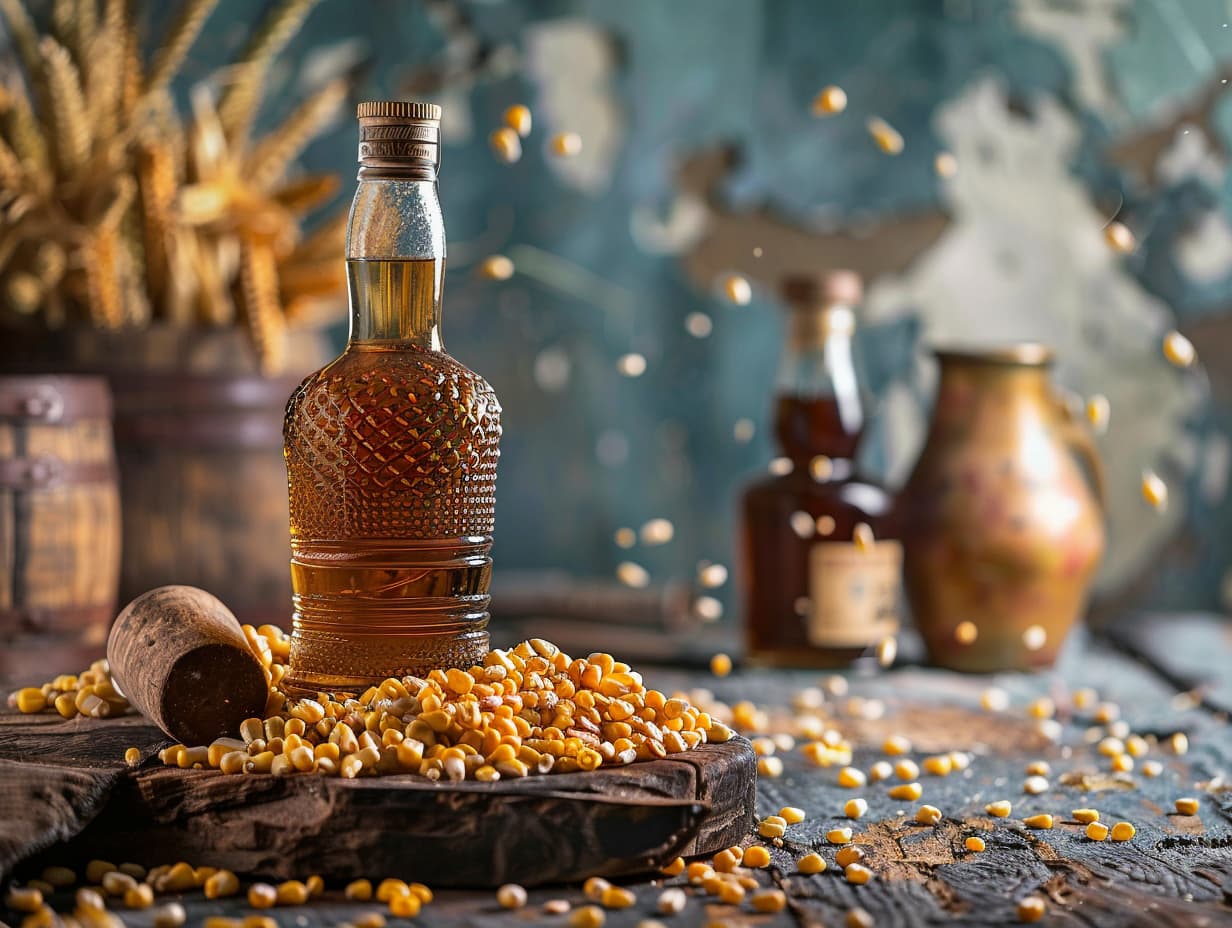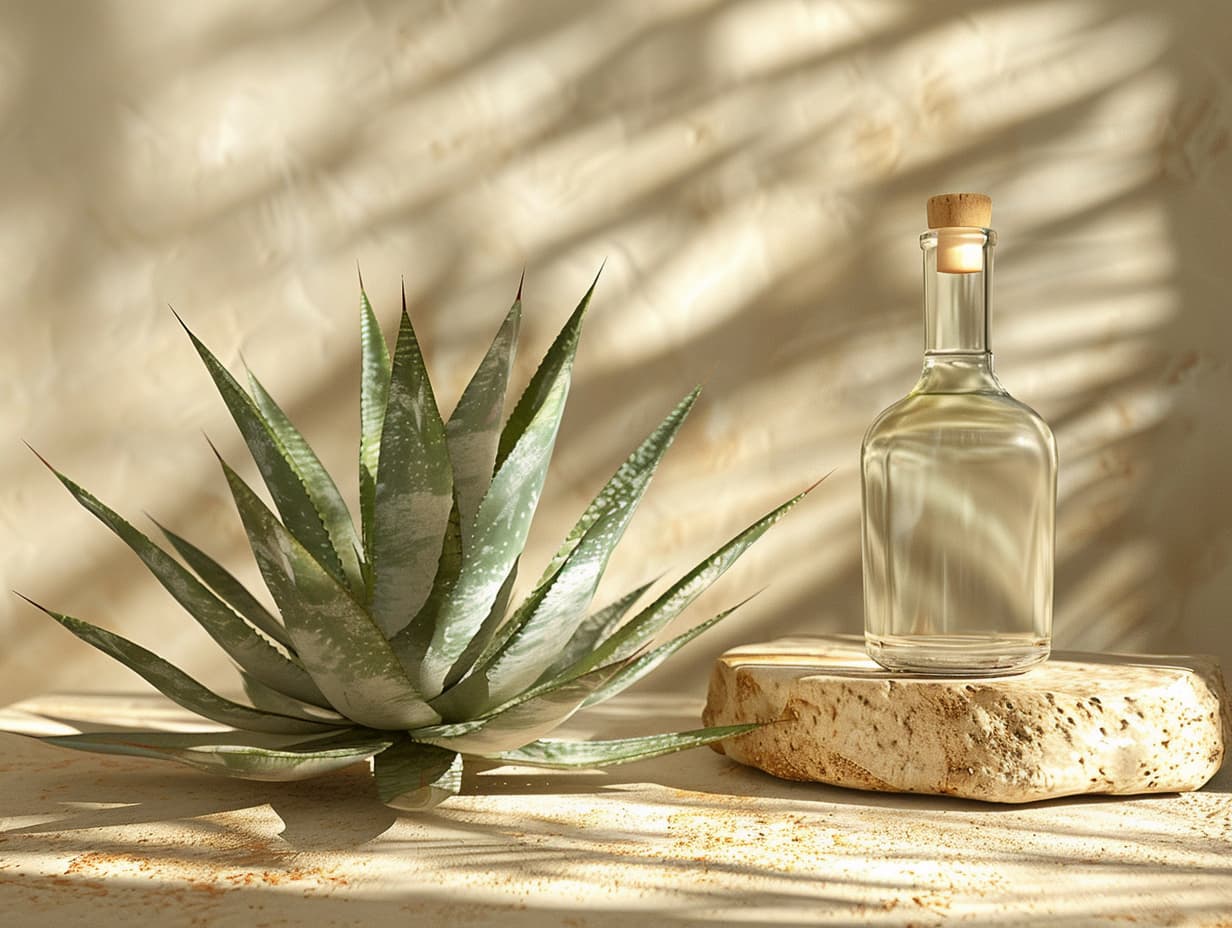When you buy products via links on our website, we might receive an affiliate commission. Learn more
The Drunken Botanist’s Garden: Plants That Can Be Transformed Into Alcohol

Gardening is a delightful pastime that combines art, science, and a bit of magic. While many gardeners are thrilled by flowers and fresh vegetables, there’s another fascinating aspect to this ancient practice — growing plants that can be transformed into alcoholic beverages.
This approach, known as the Drunken Botanist’s Garden, not only enriches your gardening experience but also opens the door to crafting homemade spirits, wines, and beers.
Here, we’ll explore a diverse array of plants that you can cultivate in your own garden and learn how they contribute to the art of drink making.
10 Essential Plants for the Alcoholic Garden
Creating your own alcoholic beverages starts with selecting the right plants.
Beyond the common choices like grapes and barley, there are numerous other botanicals that can add unique flavors and characteristics to homemade drinks.
- Grapes (Vitis Vinifera)

The quintessential wine-making plant, grapes can vary dramatically in flavor depending on the variety and terroir, allowing the home vintner to experiment with different wine profiles.
- Hops (Humulus Lupulus)

Essential for beer brewing, hops are the flowers (or seed cones) of the hop plant and are used primarily as a bittering, flavoring, and stability agent in beer.
Hops can be grown up trellises or fences, making them perfect for vertical gardening spaces.
- Barley (Hordeum Vulgare)

The foundation for many beer varieties, barley is a versatile cereal grain that adapts well to different soil types.
It requires some space to grow but is relatively easy to cultivate, offering a rewarding harvest that can be malted right at home.
- Apples (Malus Domestica)

For cider enthusiasts, growing apples is a must. With countless varieties available, each offers a different profile to homemade cider, from sweet to sharp.
Apple trees can take a few years to start producing fruit, so patience is key.
- Sugar Cane (Saccharum Officinarum)

For those in tropical or subtropical climates, sugar cane is a fantastic plant for producing rum.
It grows quickly and tall, and the juice from the crushed stalks is fermented to produce this beloved spirit.
- Juniper Berries (Juniperus Communis)

The primary flavor ingredient in gin, juniper berries are actually the female seed cone of the juniper bush.
They add a distinctive aromatic bitterness to gin and can be a great addition to your garden.
- Potatoes (Solanum Tuberosum)

Potatoes, or Solanum tuberosum, thrive in cooler climates and well-drained soil, making them excellent for vodka production.
Chosen for their high starch content, potatoes are crushed and fermented to convert their starches into sugars and then alcohol. This process infuses the vodka with a distinct, earthy flavor profile that sets it apart from grain-based spirits.
- Corn (Zea Mays)

Corn, known scientifically as Zea mays, is primarily cultivated for its kernels but also plays a crucial role in producing spirits like bourbon and whiskey. It grows best in rich, well-drained soil with full sun exposure.
In the distillation process, corn adds a sweet base flavor to spirits, which is highly prized in bourbon production.
The high sugar content of corn ferments efficiently, making it ideal for alcohol production and contributing to a smooth, robust flavor in the final spirit.
- Rye (Secale Cereale)

Rye, or Secale cereale, is a robust grain that thrives in poorer soils and cooler climates, making it an excellent choice for distillers in less arable regions.
Known for its hardiness and quick growth cycle, rye adds a distinctive spicy and peppery note to spirits, particularly rye whiskey. Its high fermentable sugar content ensures efficient alcohol production, resulting in spirits with deep, complex flavors.
Rye’s unique taste profile makes it a favorite among whiskey connoisseurs seeking a robust and flavorful experience.
- Agave (Agave Sap)

Agave, the plant behind the distinctive spirits of tequila and mezcal, thrives in arid, hot climates, particularly in sandy or rocky soils.
The heart of the agave plant, or the "piña," is harvested to produce these spirits. Once mature, which can take anywhere from 7 to 30 years depending on the species, the piñas are cooked to convert their complex fructans into fermentable sugars.
This process releases a rich, sweet sap that, once fermented and distilled, gives tequila and mezcal their unique, earthy flavors that carry subtle smoky undertones in mezcal due to its traditional pit roasting method.
Growing and Harvesting Tips
The success of your Drunken Botanist’s Garden depends on proper planting, care, and harvesting:
- Sunlight and Soil: Most alcohol-producing plants need well-drained soil and plenty of sunlight. Specific requirements can vary; for instance, hops love vertical space, while barley prefers open fields.
- Watering Regimen: While regular watering is crucial, too much or too little can adversely affect plant health and yield. Each plant has its own needs, with grapes and hops being particularly sensitive to water stress.
- Timing the Harvest: The right moment to harvest can dramatically impact the flavor of your beverages. For example, grapes must be harvested at peak ripeness, apples when they are firm, and grains like barley and rye when golden.
Transforming Plants into Alcohol
Turning your garden’s yield into alcohol is an exciting process that involves several steps. Fermentation is the most common method, where sugars are converted into alcohol by yeast. For instance:
- Grapes are crushed to release juice for wine.
- Apples are pressed into cider.
- Barley grains are malted, brewed, and fermented for beer.
- Distillation may be necessary for stronger spirits like vodka from potatoes or rum from sugar cane.
Legal and Safety Considerations
It’s important to check local regulations as home distillation can be illegal without proper licensing. Ensure you are fully informed and compliant before proceeding.
